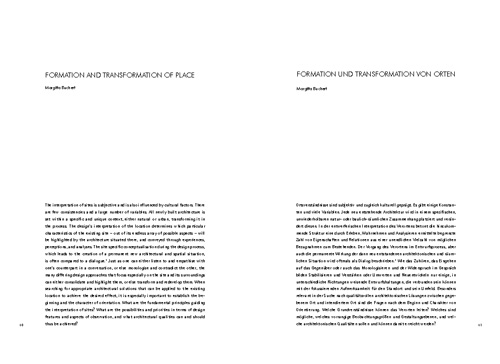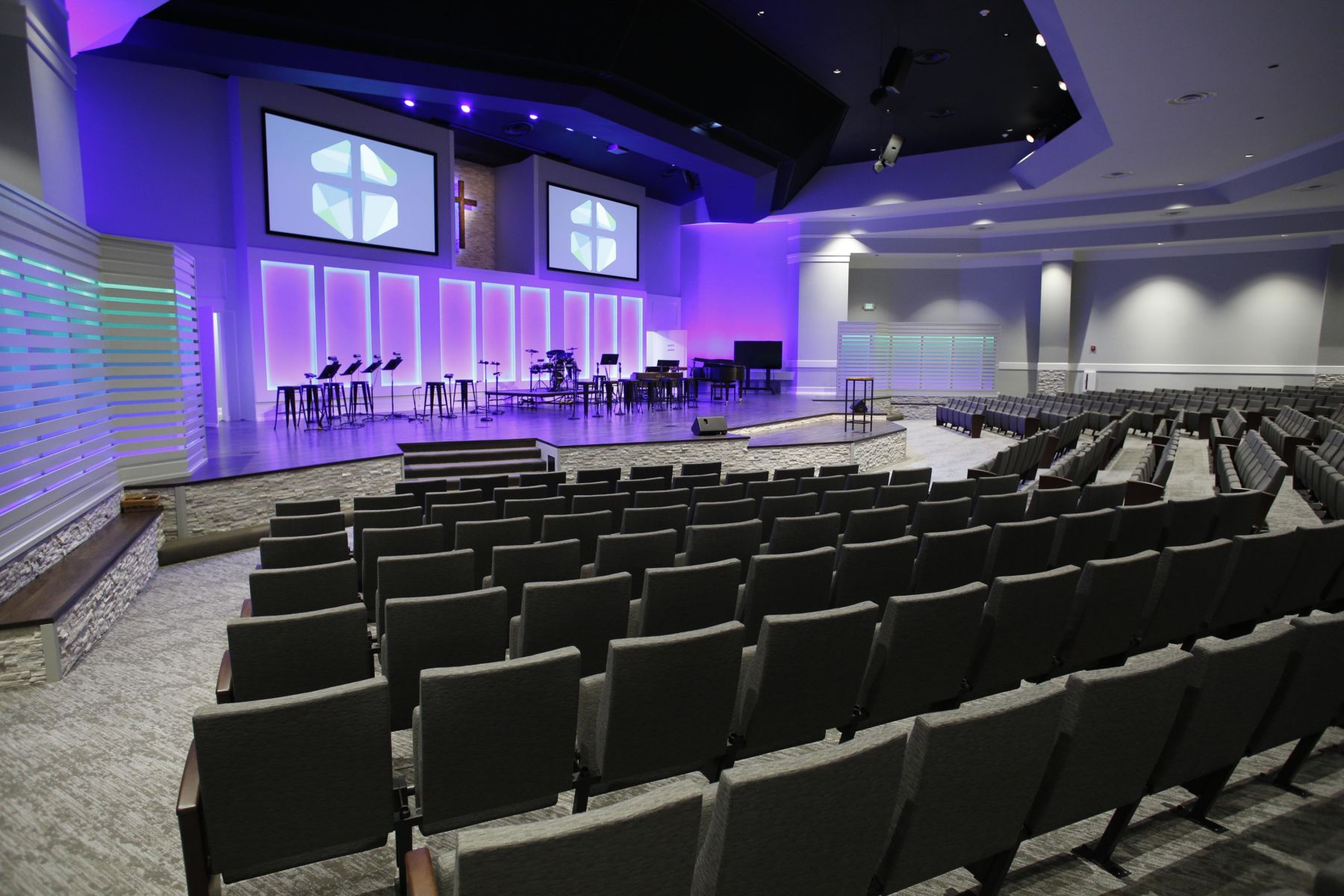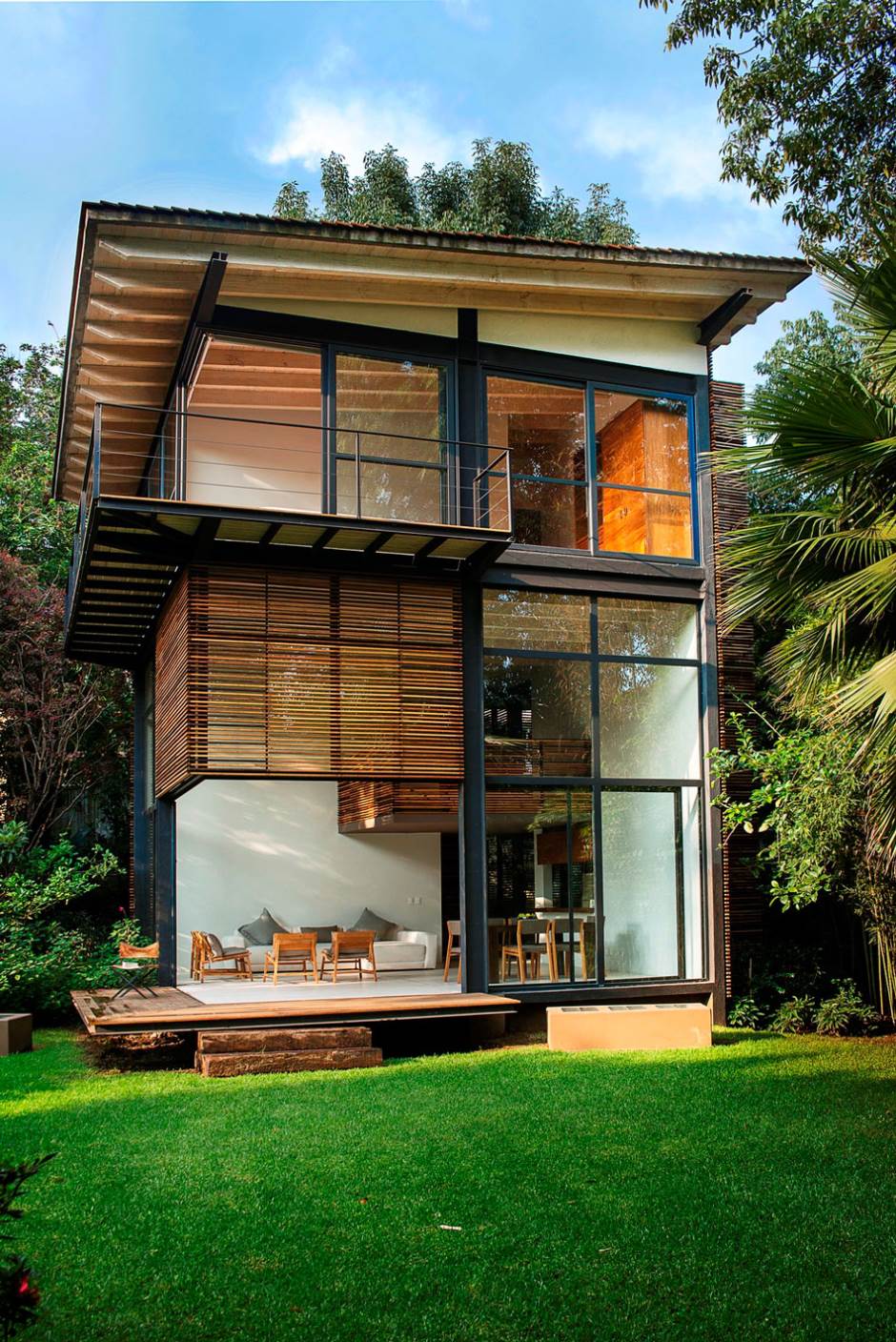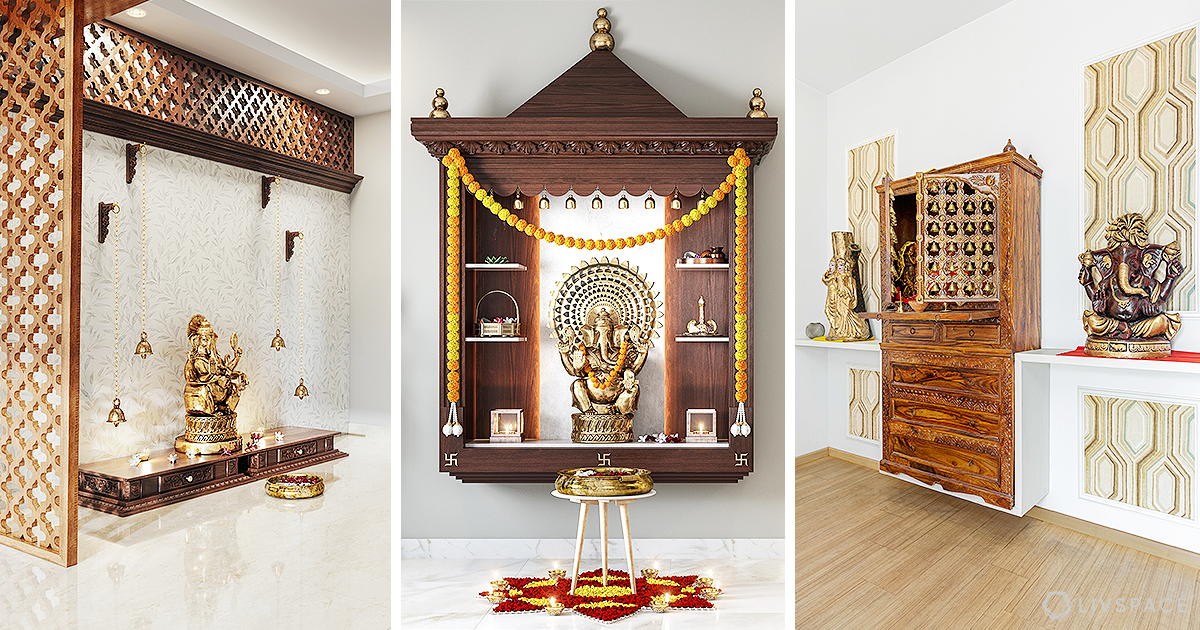Table Of Content
Now that you know the basic principles of design, it’s time to put them into practice. If there is no relationship between your two or more elements, your design will give a messy and unprofessional feel. So, to achieve unity, you should organize all your visual elements and make them work together in a single design composition. Last, but definitely not least principle, visual unity refers to the harmony between all parts of your design. We’ve all seen a design that has a lot of elements, but none of which is compatible with the other. For example, if you’re designing any kind of logo, you can create contrast with a pink background, blue or green elements, and white text.
Designers are not like their users
Cyan, magenta, yellow, black (CMYK) are the four basic colors used in printing, so if your design is going to have a digital version, it’s the best option for it. Mixing textures and contrasting them add to the depth and interest of the room scheme. Color is important not just because it creates a mood in a room, but because it has the power to make a room feel larger, lighter, or cozier. Of course, it’s vital that the color selected complements the room’s use with more restful shades for bedrooms, for example, or energetic hues in a home office. The aesthetic was institutional furniture meets Italian grandma’s house.
Typography in design
Design is not about pictures placed together and arranged in a way that creates a story. Design is about creating harmony among the elements and having them come together in a final product that is unequivocally outstanding. You’ve probably heard before someone explaining a piece of art as having a lot of movement. Even though a visual is static, it can still give the feeling as if the design is actually moving.
Learn how to build a business online
Rectilinear forms stay put in relation to gravity, and are not likelyto tip over. In the case of the man in this family group, the lines seem to imply stability to the point of stodginess. Design visual brand experiences for your business whether you are a seasoned designer or a total novice. A color contrast, for example, can redirect the attention of a reader to a more important part or message of a presentation. Contrast creates visual excitement and increases the interest of any work of art or design creation.
Most designers prefer experimenting with asymmetry due to its eye-catching effect and the contrast it creates. When designers talk about balance, they’re working on getting the visual harmony and order right within their designs. If creating tension is your goal, creative freedom allows you to bend the rules and craft unbalanced layouts. For your advertising campaigns, good copy is essential but typography is as important as color when it comes to generating certain emotions.
With a simple drawing a line is regarded as just a mere stroke of a pen, but in the field or study of design, a line connects any two points. Lines are effectively used in separating or creating a space between other elements or to provide a central focus. All the visual elements you use in your design should be connected to one another. Also, unity is going to help you communicate your message in a clear, organized, and concise manner. Unity is all about how the different elements of your design come together and form a relationship. You’ve most likely seen before designs that give you the impression that the fonts and everything else were chosen at random, so there wasn’t any sense of unity.
What does rhythm mean in design?
By using color systems, you can give your graphic design the right feel. In the third lesson, you’ll learn best practices for designing with type and how to effectively use type for communication. We’ll provide you with a basic understanding of the anatomy of type, type classifications, type styles and typographic terms.
How the Elements of Design Help To Deliver the Message?
You’ll also learn practical tips for selecting a typeface, when to mix typefaces and how to talk type with fellow designers. We can use colour, shape, contrast, scale, and/or positioning to achieve this. For instance, most websites have a main “hero” image, which uses dominance to appeal to users, drawing them to it naturally. Gestalt refers to our tendency to perceive the sum of all parts as opposed to the individual elements. The human eye and brain perceive a unified shape in a different way to the way they perceive the individual parts of such shapes.
Contrast helps you grab people’s attention and generate interest in your visual by making an object more distinguishable than the other objects present in the design. Sometimes, creating balance can simply mean cropping an image and placing it on one side of your design, leaving the other side empty for other elements. Dividing the space like this creates a harmonious effect through symmetry, and it doesn’t require advanced design skills.
Architects Utilized Unique Design Elements For These Hospitality Projects - Forbes
Architects Utilized Unique Design Elements For These Hospitality Projects.
Posted: Wed, 06 Jul 2022 07:00:00 GMT [source]
The effect is achieved by manipulating elements (like color, shape, and size) to make specific parts of a design stand out. A good example of contrast is negative space or the use of complementary colors, which is going to redirect someone’s attention to a particular portion of the visual. Other common forms of contrast are dark vs. light, large vs. small, or thick vs. thin. The elements of design are the parts that define the visual, the tools and components that a person uses to create a composition.
In a way, proportions are similar to balance, but it is measured more from the human eye than with guidelines and grids on design software. Proportions are realistic estimates and weights you apply to your content. The two basic categories of space are negative space and positive space. Using space effectively can change others' perceptions of your design. A line is the shortest path in space between two connected points. In design, lines can be vertical, horizontal, or diagonal, and you don't always have straight lines.
Some definitely fit the definition of “principles” while others are more like elements of design. You can show variety through colors, shapes, images, different typefaces, and other design elements. To create visual interest and hold the viewer’s attention longer, you need variety. Variety is the use of several elements of design to make your art “explorable” and give the viewer a better experience. White space, or negative space, gives your composition room to breathe and helps certain elements stand out.
One of the most fundamental elements of design, the line, is frequently the beginning point of every art form. Scale describes the relative sizes of the elements in a design. By using scale to make an element larger than others appearing with it, you can emphasise that element. Not only can you make an element stand out this way—you can also use scale to create a sense of depth (since nearer objects appear larger to the human eye).
Choosing the right colors is crucial when you’re trying to tell a story with your design. Elements of design are the parts of your work of art that you arrange and craft to create visually pleasing designs. It’s important to be aware of how these basic principles work together to find your way towards stunning designs more easily. Using recognizable shapes for various functions maintains visual consistency. Users know that rectangles are for buttons, cards, images, or videos; circles for avatars or badges; and arrows for navigation or the Play button. If you want users to intuitively know how to use your interface, stick to common shapes.
You could increase the text size and use colors that stand out from the background, emphasizing the CTA and making sure visitors can’t miss it. But if you’ve ever seen an unintelligible parking sign or a website from the early days of the web, you’ll know there’s definitely such a thing as bad design. You can’t just flip a switch and create beautiful designs on a whim.






















